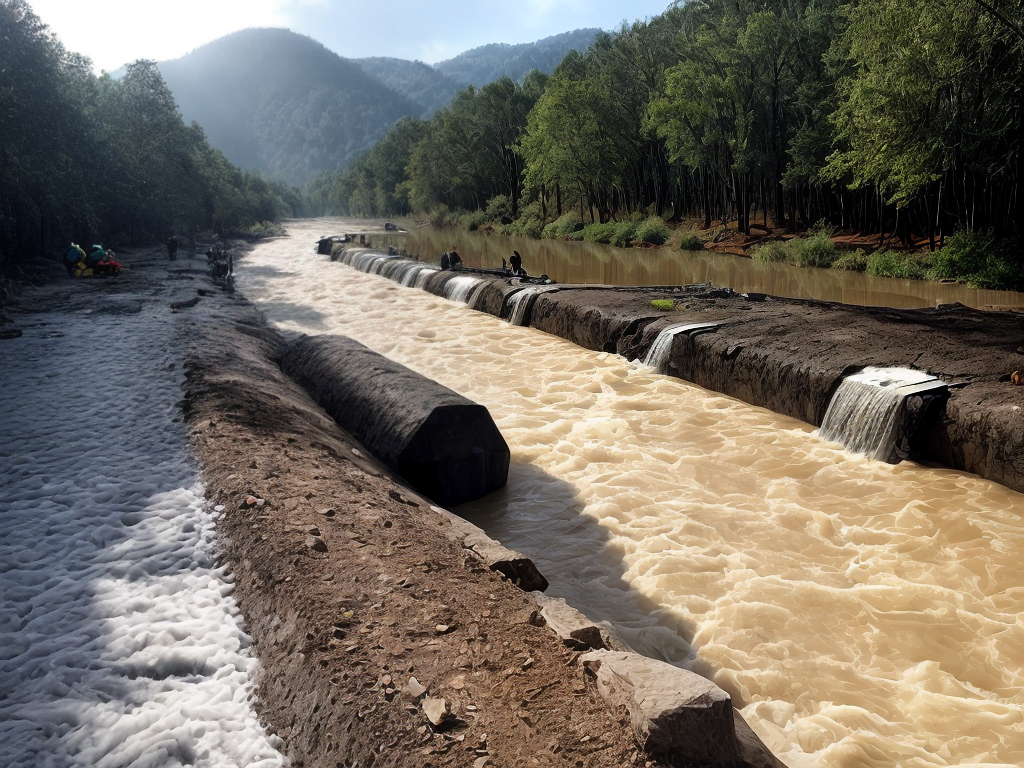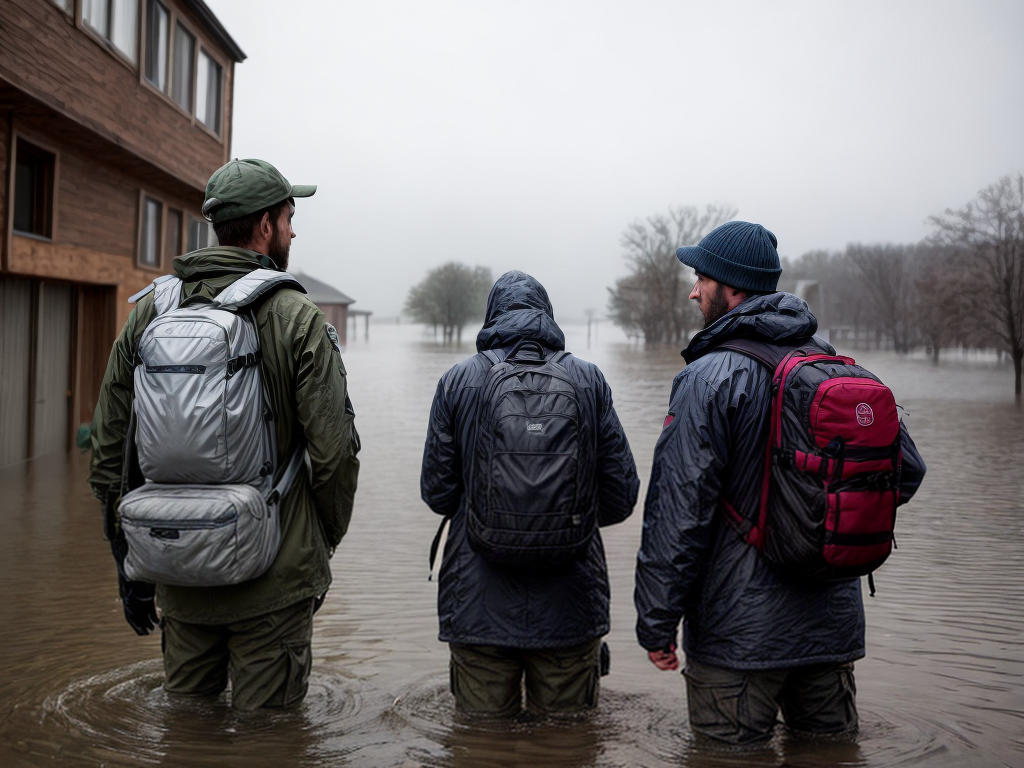Flooding is a natural disaster that has significant consequences for communities around the world. The increasing frequency and intensity of floods have made it crucial for societies to develop effective flood management strategies. While traditional approaches to flood management have focused on structural measures such as dams and levees, there is a growing recognition of the need for collaborative initiatives that involve multiple stakeholders. In this article, we will explore the untapped potential of collaborative flood management initiatives and their role in transforming risk into resilience.
Understanding the Challenges
Flood management is a complex task that requires a deep understanding of the challenges involved. It is not just about preventing floodwaters from entering communities; it is about minimizing the impact and building resilience. Traditional flood management approaches often overlook the socio-economic and environmental factors that contribute to flood risk. Collaborative initiatives, on the other hand, take a holistic approach and consider the interplay between various factors.
The Power of Collaboration
Collaboration is key to effective flood management. By bringing together different stakeholders, such as government agencies, local communities, NGOs, and academic institutions, collaborative initiatives harness the collective knowledge and resources. This multi-disciplinary approach enables a comprehensive assessment of flood risks and the development of sustainable solutions. Moreover, collaboration fosters a sense of ownership and accountability among stakeholders, resulting in better implementation and long-term success.
Building Community Resilience
One of the significant advantages of collaborative flood management initiatives is their focus on building community resilience. Traditional approaches often rely solely on structural measures, which may provide temporary relief but do not address the underlying vulnerabilities. Collaborative initiatives, on the other hand, empower communities by involving them in decision-making processes, raising awareness, and providing education on flood risk reduction. This community-centered approach not only enhances the effectiveness of flood management but also strengthens the overall resilience of communities.
Integrating Nature-Based Solutions
Nature-based solutions play a crucial role in collaborative flood management initiatives. These solutions involve the restoration and preservation of natural ecosystems, such as wetlands and floodplains, to mitigate flood risks. By allowing floodwaters to be absorbed and stored naturally, these ecosystems act as natural buffers, reducing the impact of floods on communities. Additionally, nature-based solutions provide numerous co-benefits, such as improved water quality, enhanced biodiversity, and recreational opportunities.
Overcoming Barriers
While collaborative flood management initiatives offer immense potential, there are several barriers that need to be overcome. One of the significant challenges is the lack of awareness and understanding among stakeholders regarding the benefits of collaboration. Misaligned incentives, differing priorities, and limited resources can also hinder collaboration efforts. However, by fostering dialogue, promoting knowledge exchange, and providing financial incentives, these barriers can be addressed, paving the way for effective collaborative flood management.
Case Studies: Successful Collaborative Initiatives
Several successful collaborative flood management initiatives have emerged around the world. For instance, the Thames Estuary 2100 project in the United Kingdom brings together various stakeholders to develop a long-term flood management plan. The project integrates nature-based solutions, such as the restoration of salt marshes, with traditional engineering measures to protect communities from flooding. Similarly, the Room for the River program in the Netherlands focuses on creating more space for rivers to reduce flood risks while enhancing the ecological value of river landscapes.
Conclusion
Collaborative flood management initiatives hold significant potential in transforming risk into resilience. By involving multiple stakeholders, these initiatives take a holistic approach to flood management, addressing socio-economic and environmental factors. They empower communities, build resilience, and integrate nature-based solutions to mitigate flood risks effectively. Overcoming barriers and learning from successful case studies can further strengthen collaborative efforts. As we move forward, it is crucial to recognize the untapped potential of collaboration and harness it to create a safer and more resilient future for communities vulnerable to flooding.















